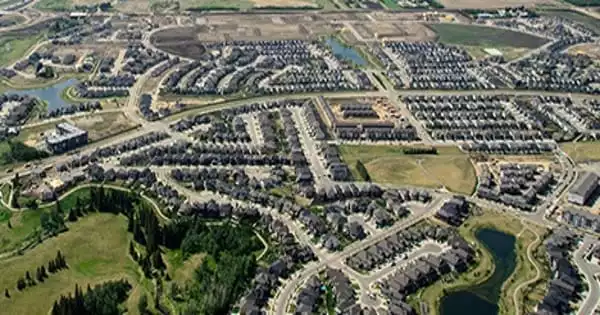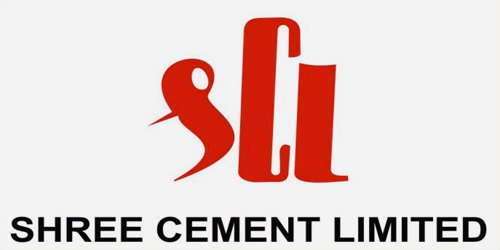The ability of a passive fire protection system or material to withstand a common fire resistance test is known as fire resistance. On the other hand, fire resistance rating (FRR) is the time in minutes or hours for which the construction material or assembly have sustained a standard fire exposure, under defined test conditions.
Features of Fire Resistance Ratings (FRR)
FRR is a measurement of a material’s or assembly’s fire resistance. Calculations and regular fire tests are used to determine it. Additionally, there is a fire rating level (FRL), which is the test outcome of a fire resistance test.
Despite the fact that FRR and FRL are sometimes used interchangeably, FRR refers to the target level of fire resistance that a fire design engineer establishes for the design. The latter, however, represents the actual test result obtained following the test.
The FRR of building materials or systems is established in line with Section 703.3 or ASTM E119. To determine the matching FRR, the test sample is put through rigorous testing in a controlled environment. These exposure circumstances might not be representative of the actual surroundings encountered in buildings.
The fire-resistance rating of a building element is dependent on the following factors:
- FRL or test results of the product.
- The type of construction material used for making the element.
- The element’s position in relation to other building components during a fire incident. For example, it can be floors, roofs, columns, walls, or beams.
- Presence of non-combustible components near the building element.
How is FRR measured?
The criteria specified in the American Society for Testing and Materials standard E119 “Test Methods for Fire Tests of Building Construction and Materials” are followed when installing fire assemblies in a temperature-controlled propane gas-fired furnace in order to determine the fire resistance ratings of materials in hours. This time-temperature relationship is called the Standard Time-Temperature Curve.
The time it takes for a particular material or building to fail during a fire is used to compute fire resistance ratings. It is measured from the time at which the failure of the element occurs. This does not necessarily mean that the element is destroyed at that stage.
The FRR of a material is measured on the basis of three criteria:
- Structural adequacy: This is the stability test when the material continues to withstand weights for the duration of the test.
- Integrity: This phase assesses the material’s capacity to withstand fire without developing cracks or fissures.
- Insulation: In this phase, the material’s capacity to prevent heat from spreading from one side to the other is evaluated.
Suppose the design requirement of a material or system is an FRR of 90. In that situation, it means the material must withstand the fire in three different ways for a total of 90 minutes: stability, integrity, and insulation.
After conducting the test, the FRL rating is represented as three numbers giving time in minutes for each criterion i.e., stability, integrity, and insulation, in the following format _/_/_. For example, an FRL of 90/90/90.
The criterion with a lower value are improved to acquire a higher fire resistance rating if the FRL value is not attained.
















